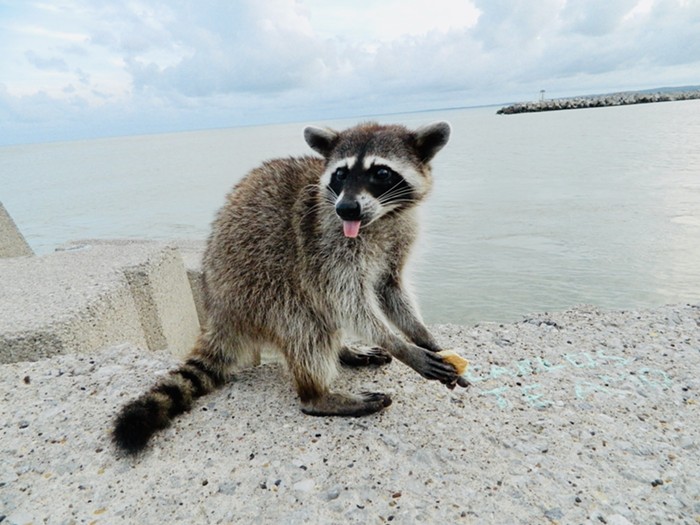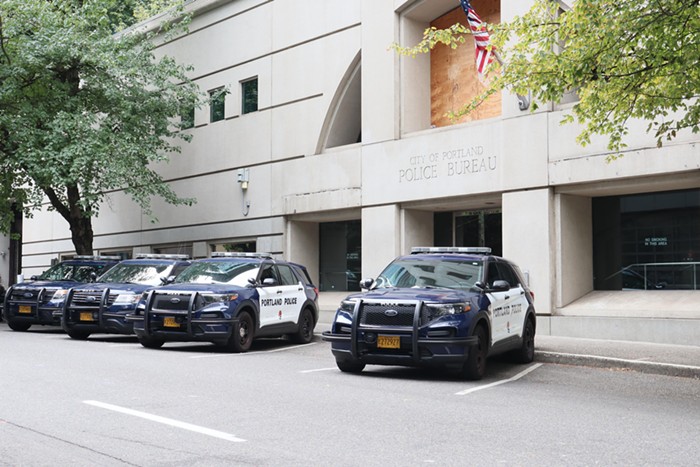FOR A SUBJECT so intensely associated with looking toward the future, fashion has been busy sewing up its modern history. Bill Cunningham, Valentino, and Anna Wintour have all had their own recent documentaries, and now there's Diana Vreeland: The Eye Has to Travel, about the legendary fashion editor and Costume Institute visionary. For admirers of fashion and cultural history, it's a marvelous time. For those coming in cold or seeking serious critical analysis, entries like Diana come up a little short.
Directed by Vreeland's granddaughter-in-law Lisa Immordino Vreeland (who also published the book of the same name last year), there's a whiff of protectiveness in what's essentially a hagiography. The alienation of Vreeland from her sons, her estrangement from her own mother, her marriage, and her unabashed elitism and glorification of wealth are only briefly treated in favor of breathless praise from subjects like Anjelica Huston, Manolo Blahnik, and Penelope Tree. Diana is largely satisfied with the answers its subject delivers in her own famously quippy pronouncements.
On the other hand, Vreeland's accomplishments are astounding, and her work as an editor at Harper's Bazaar and Vogue launched major cultural milestones including the bikini, Mick Jagger, Cher, Twiggy, and Barbara Streisand's nose. Voiceover transcriptions of interviews Vreeland gave in preparation for her memoir are lain atop the Richard Avedon-dominated visual record of her career, inter-spliced with television interviews and brief clips of movies whose characters were influenced by her image, from Funny Face to Who Are You, Polly Maggoo?
The grandiose, hyperbolic praise in Diana grows a little thin after a time, so it's best to approach this one in the spirit of celebration. Vreeland herself tended to live in a reality slightly altered to her own liking, so it's only fitting that this eulogy should pivot almost exclusively on the fabulous.



















